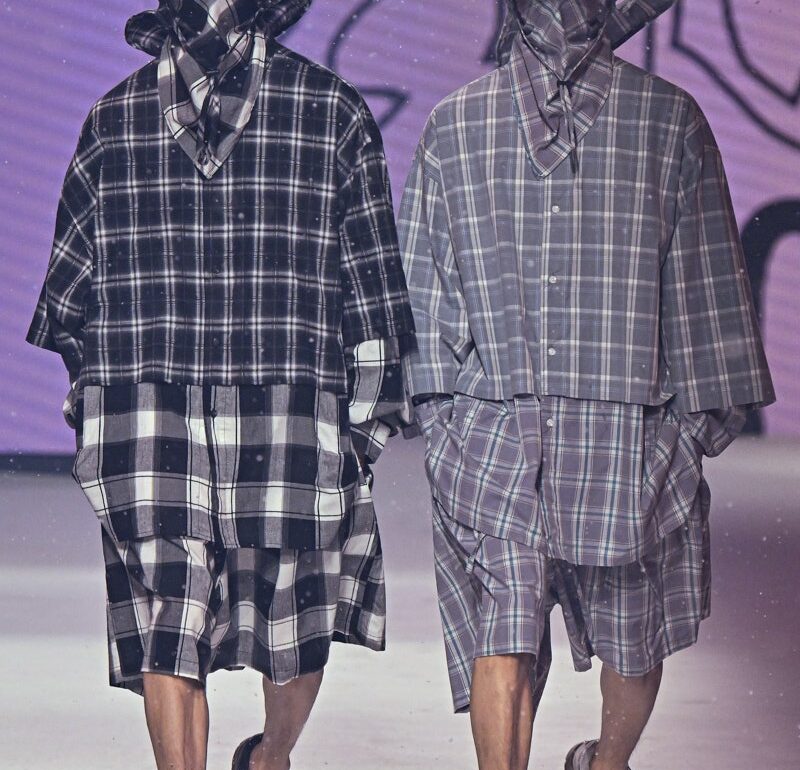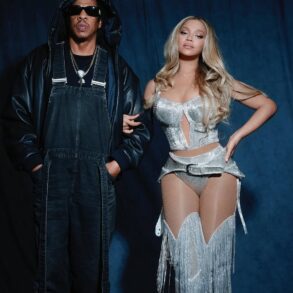South Korean streetwear is nothing new. But for Ajobyajo, it’s more about the story before anything else. Established in 2016 by visionary designer Kim Se-Hyung, the independent brand (pronounced “ajo-by-ajo”) is heavily inspired by the ’90s fashion scene in New York City, mixed with the eye-catching patterns and typography that play a leading role in the street art of Seoul. It’s about giving a home to the “misfits” of the world – punks, skaters, emos, and the LGBTQIA+ community that’s still heavily overlooked and under-recognised in the Asian country.
“I sought to present typical streetwear in a unique manner, prompting people to question what makes this streetwear,” says Kim to GQ. “I wanted to pique their curiosity. This approach reflects my personal taste in men’s clothing. I do not differentiate between men and women; instead, I emphasise the expression of individual identity. Thus, it’s not uncommon to see older women wearing Ajobyajo attire, men embracing a more feminine look, or young men aspiring to maturity. This represents a shift in conventional men’s fashion. Previously, people wore clothing to fit in, but now they wear it to express themselves.”
Lee Sung Hoon
With its Spring/Summer 2024 collection, aptly-titled “Shadow Boxing,” Ajobyajo encouraged its fans to finally confront their inner demons. Before its Seoul Fashion Week presentation, it took to Instagram to share a clip of a handheld mirror and a statement: “The one you are fighting against is yourself.” This concept was inspired by the Japanese manga Dorohedoro, where the protagonist suffers from amnesia and does everything that he can to try and recover his memories.
“When I realised this, I perceived that the fight was, in fact, a battle within oneself,” says Kim. “I aimed to convey the theme of this collection by showcasing different yet similar perspectives simultaneously. Additionally, models were carefully selected to represent diverse stories, and the styling was meticulously crafted to enrich this narrative.”
This post was originally published on this site be sure to check out more of their content.










